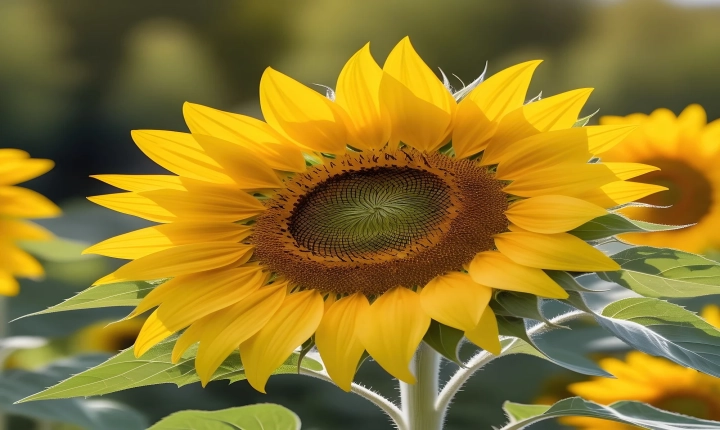Title: Convert JPG to EPS or AI: A Step-by-Step Guide for Designers
In the world of design, different file formats serve different purposes, and knowing how to convert between them is an essential skill for any designer. One common conversion that designers often encounter is the need to convert JPG files to EPS or AI format. In this article, we will explore the step-by-step process for converting JPG files to EPS or AI, two widely used file formats in the design industry.
Why Convert JPG to EPS or AI?
JPG files are ubiquitous and widely used for web graphics and photographs due to their small file size and compatibility. However, they are raster images, meaning they are made up of pixels and do not scale well without losing quality. On the other hand, EPS (Encapsulated PostScript) and AI (Adobe Illustrator) are vector file formats, which are resolution-independent and allow for easy scaling without loss of quality. They are commonly used for logos, illustrations, and other graphic elements that require high quality and scalability.
The Process of Converting JPG to EPS or AI
Step 1: Select the Right Conversion Software
To begin the conversion process, you will need to use a graphics editing software that supports the conversion of raster images to vector formats. Adobe Illustrator is one of the most popular and widely used programs for this purpose. Additionally, there are other dedicated conversion tools available, such as online converters or specialized software like CorelDRAW.
Step 2: Open the JPG File
Once you have selected the appropriate software, open the JPG file that you want to convert to EPS or AI. In Adobe Illustrator, you can do this by clicking on “File” and then “Open” and selecting the JPG file from your computer.
Step 3: Trace the Image
In Adobe Illustrator, one of the most common methods to convert a JPG to EPS or AI is by using the “Image Trace” feature. This tool converts the raster image into a vector format by tracing the outlines of the shapes and colors in the image. To use this feature, select the image and then click on “Image Trace” from the toolbar. You can then adjust the settings to achieve the desired level of detail and accuracy in the tracing process.
Step 4: Save as EPS or AI
After you have traced the image and are satisfied with the result, you can save the file as an EPS or AI file. In Adobe Illustrator, click on “File,” then “Save As,” and select the desired format (EPS or AI) from the dropdown menu.
Alternative Methods
In addition to using Adobe Illustrator’s Image Trace feature, there are other methods for converting JPG to EPS or AI. Some designers prefer to manually recreate the image using vector drawing tools, while others may choose to use dedicated conversion software that offers advanced tracing and customization options.
Final Thoughts
Converting JPG files to EPS or AI can be a useful skill for designers who need to create scalable and high-quality graphic elements. While the process may require some practice and familiarity with the relevant software, the ability to convert between file formats opens up new possibilities for creative work. Whether you are working on logo design, illustrations, or other graphic projects, knowing how to convert JPG to EPS or AI is a valuable skill to have in your design toolkit. With the right tools and techniques, you can seamlessly transform raster images into versatile, scalable vector graphics.
